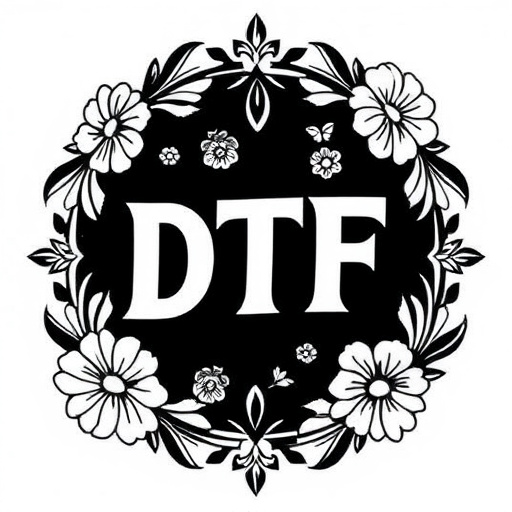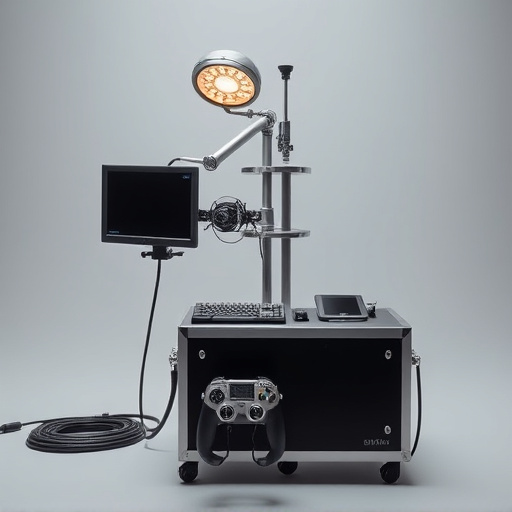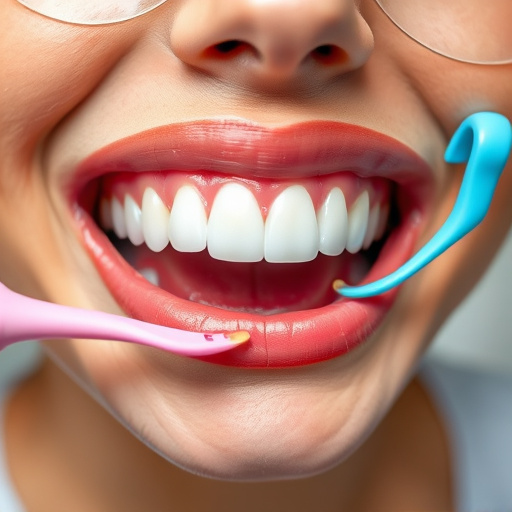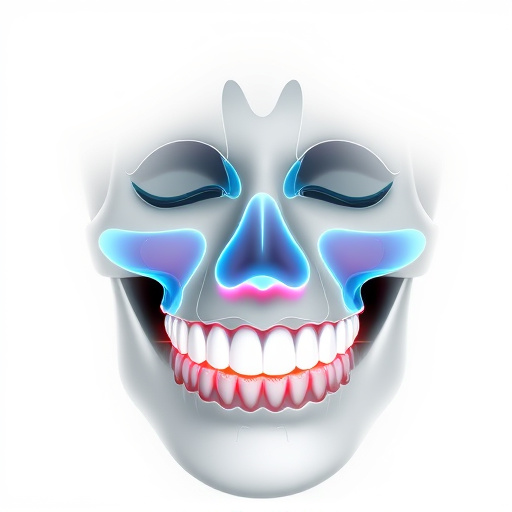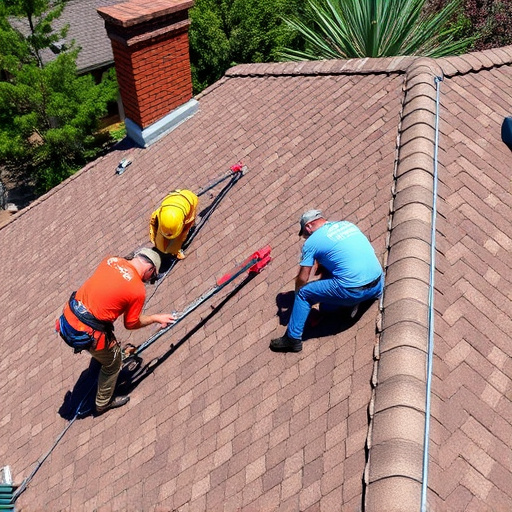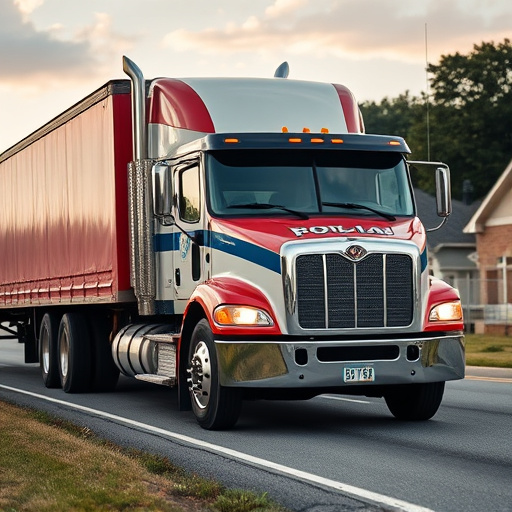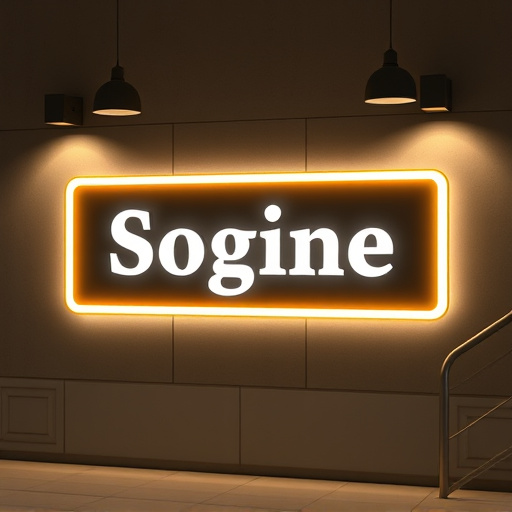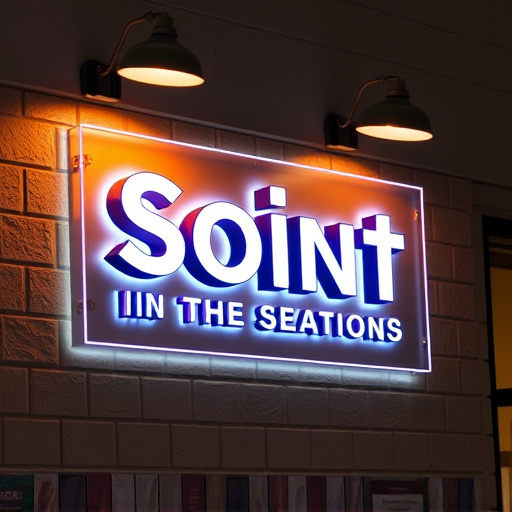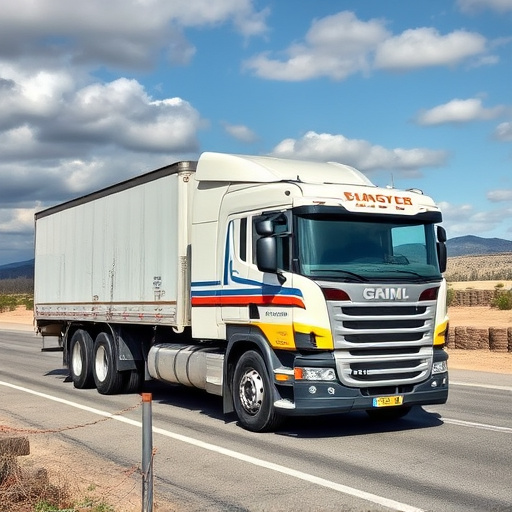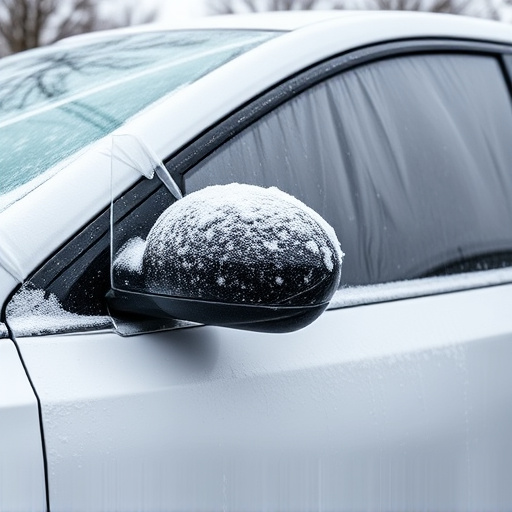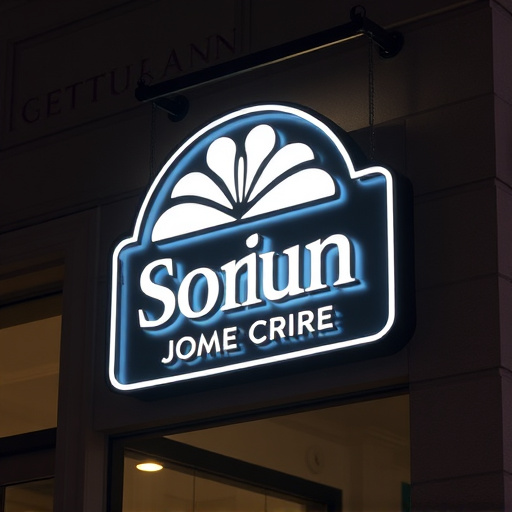Advanced vehicle wrap materials offer both aesthetic appeal and protection. Vinyl wraps, popular for their versatility and durability, provide UV resistance, temperature tolerance, scratch prevention, and minor impact absorbance. Professional installation techniques enhance longevity. Meticulous preparation, primer application, careful positioning, and final inspection ensure optimal results. Custom graphic designs elevate visual impact and brand promotion. Vehicle wraps offer surface protection alongside aesthetic enhancement, appealing to automotive detailing enthusiasts.
Vehicle wrap installation is an art that transforms ordinary cars into eye-catching mobile billboards. This process involves applying thin, durable vinyl wraps adorned with graphic designs to create a seamless and protective coating. In this article, we explore the essentials of vehicle wrap installation, from understanding the robust materials used, which can withstand various weather conditions, to mastering the efficient application process. We also delve into crafting captivating graphic designs that ensure maximum visual impact on the road.
- Understanding Vehicle Wrap Materials and Their Durability
- Steps for Efficient Vehicle Wrap Installation Process
- Creating Stunning Graphic Designs for Maximum Impact
Understanding Vehicle Wrap Materials and Their Durability

Vehicle wrap materials have evolved significantly over the years, offering a diverse range of options for both aesthetic enhancement and protection. Among these, vinyl wraps stand out as a popular choice for vehicle wrap installation due to their versatility and durability. These wraps are not just about eye-catching graphic designs; they provide a protective layer that can withstand the elements, including UV rays and extreme temperatures, ensuring your vehicle’s finish remains pristine.
The durability of vinyl wraps is a result of their construction, which includes a robust base material, often reinforced with polyester or other strong fibres. This makes them highly resistant to tearing, scratches, and even minor impacts. Moreover, professional PPF (Paint Protection Film) installation techniques further enhance the wrap’s longevity, providing an additional barrier against heat rejection and stone chips, making it an ideal solution for maintaining a vehicle’s original appearance over time.
Steps for Efficient Vehicle Wrap Installation Process

The efficient installation of a vehicle wrap involves several key steps to ensure a professional and impactful finish. First, prepare the surface of the vehicle by thoroughly washing and decontaminating it to achieve a smooth base. This process includes removing any existing wax or sealants and addressing minor imperfections to create a flawless canvas. Once the car is ready, apply a primer designed specifically for vehicle wraps to enhance adhesion and ensure long-lasting results.
Next, carefully unroll the wrap material and position it accurately on the vehicle. Use a mix of air and pressure to smooth out bubbles and creases, ensuring the design lines are crisp and aligned. The application process requires precision and patience, especially when dealing with complex graphic designs. After completing the installation, inspect the work for any discrepancies, and make final adjustments to achieve maximum vehicle enhancement. This meticulous approach guarantees a stunning, eye-catching vehicle wrap that not only elevates the vehicle’s aesthetics but also offers benefits like heat rejection, adding both style and functionality.
Creating Stunning Graphic Designs for Maximum Impact

Creating visually stunning graphic designs for a vehicle wrap is an art that can significantly enhance its impact on viewers. When designing for vehicle wrap installation, the goal is to capture attention and convey a message or brand identity effectively. Custom graphics play a pivotal role in achieving this, allowing businesses and individuals to showcase their creativity while promoting their products or services. The design process involves careful consideration of color schemes, imagery, and typography to ensure the final artwork is eye-catching and aligns with the client’s vision.
Automotive detailing enthusiasts often view vehicle wraps as an opportunity to elevate their cars’ aesthetics beyond traditional painting. By incorporating protective coatings alongside custom graphics, the wrap can not only enhance visual appeal but also provide a layer of protection for the underlying vehicle surface. This innovative approach to automotive detailing ensures that the design remains vibrant and durable, making it a popular choice for those seeking to stand out on the road.
Vehicle wrap installation is not just about applying eye-catching graphic designs; it’s a strategic process that combines durable materials, meticulous steps, and compelling visual storytelling. By understanding the longevity of wrap materials and following efficient installation procedures, you can ensure your vehicle becomes a mobile billboard that captivates audiences. Moreover, leveraging creative graphic design techniques allows you to stand out in crowded spaces, making your brand or message memorable for potential customers. Embrace these principles to transform your vehicle into a powerful marketing asset.
